Finding the perfect balance between protection and companionship isn’t easy. You want a dog that will alert you to danger and protect your family, but also one that your kids can safely play with. The good news? Many guard dogs breed excel at both roles when properly trained and socialized.
This guide explores the best guard dogs for families, covering everything from breed characteristics to training tips. You’ll discover which protective dogs work best for first-time owners, which require minimal maintenance, and how to choose the right guardian for your household.
Table of Contents
- What Makes a Great Family Guard Dog?
- Top 10 Most Protective Dogs for Families
- Best Guard Dogs for First Time Owners
- Small to Medium-Sized Guard Dogs
- Low Maintenance Guard Dogs
- Most Loyal and Protective Dog Breeds
- Guard Dog Representative Species by Category
- Training Your Family Guard Dog
- Socialization and Child Safety
- Cost Considerations
- Legal Responsibilities
- Guard Dog Breed Comparison Table
- Frequently Asked Questions
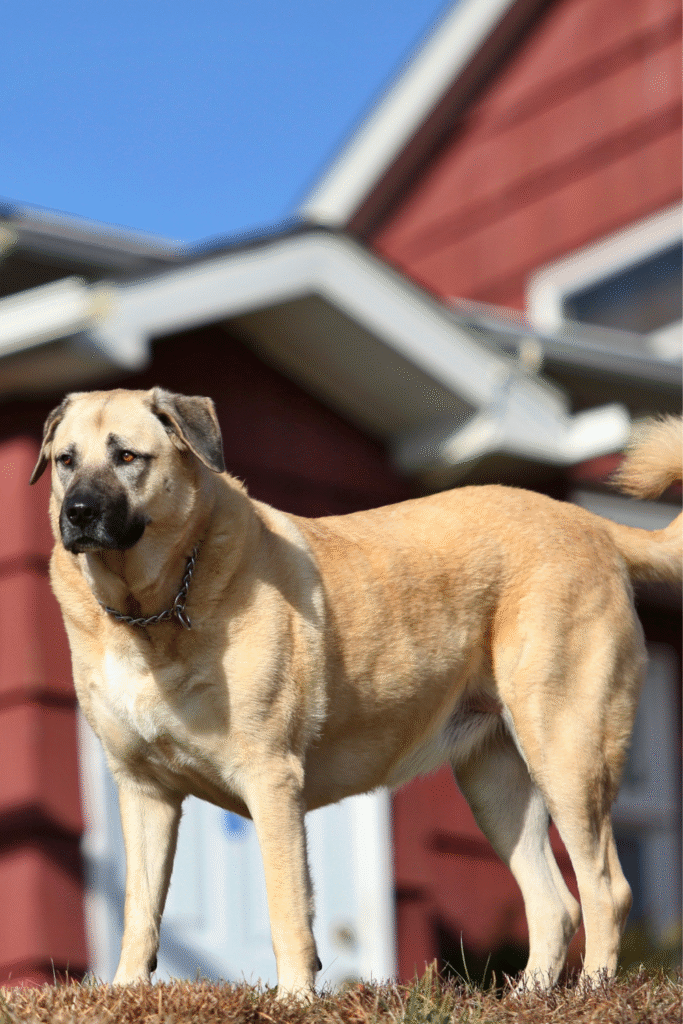
What Makes a Great Family Guard Dog?
The best guard dogs for families possess a unique combination of traits. They’re naturally protective but not aggressive toward family members. These dogs can distinguish between genuine threats and everyday situations like visitors or delivery personnel.
Key characteristics include:
Temperament Balance: Family-friendly guard dogs show loyalty and protectiveness without excessive aggression. They’re calm around children but alert to potential dangers.
Trainability: The most successful family guardians respond well to training. They learn commands quickly and understand boundaries between protection and everyday family life.
Size Appropriateness: While large dogs can be intimidating, medium-sized breeds often work better for families. They’re manageable yet imposing enough to deter intruders.
Energy Levels: Guard dogs need regular exercise, but extreme energy requirements can be challenging for busy families. The best family guard dogs match your lifestyle.
Top 10 Most Protective Dogs for Families
Here are the most protective dog breeds that excel in family environments:
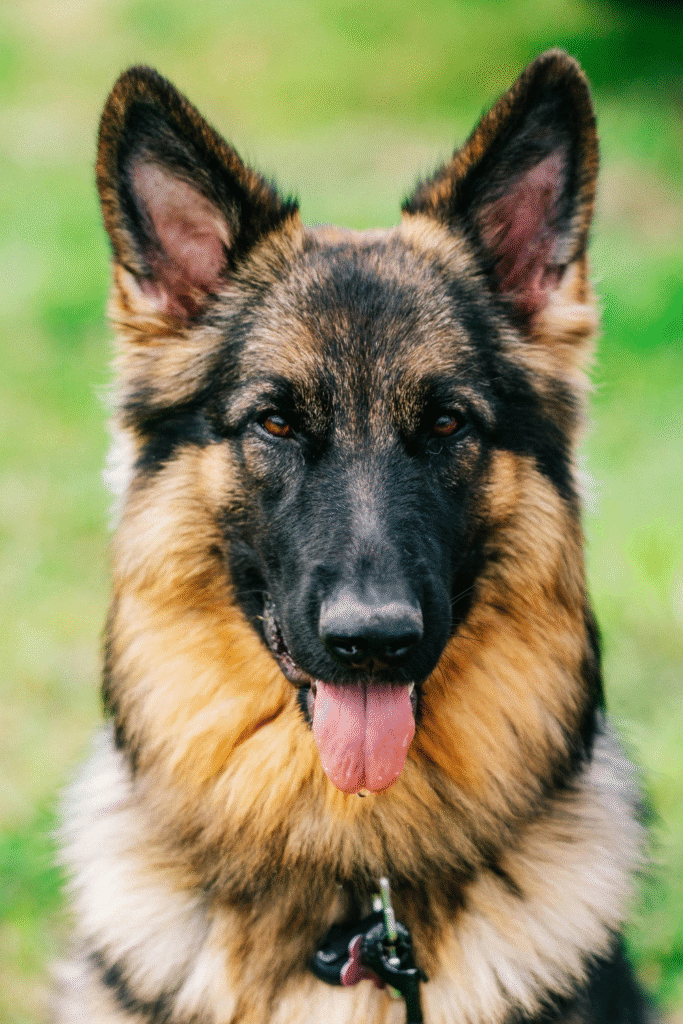
1. German Shepherd
German Shepherds consistently rank among the best guard dogs for families. They’re intelligent, trainable, and naturally protective. These dogs form strong bonds with all family members while maintaining alertness to threats.
Weight: 50-90 pounds
Training difficulty: Moderate
Child-friendly: High with proper socialization
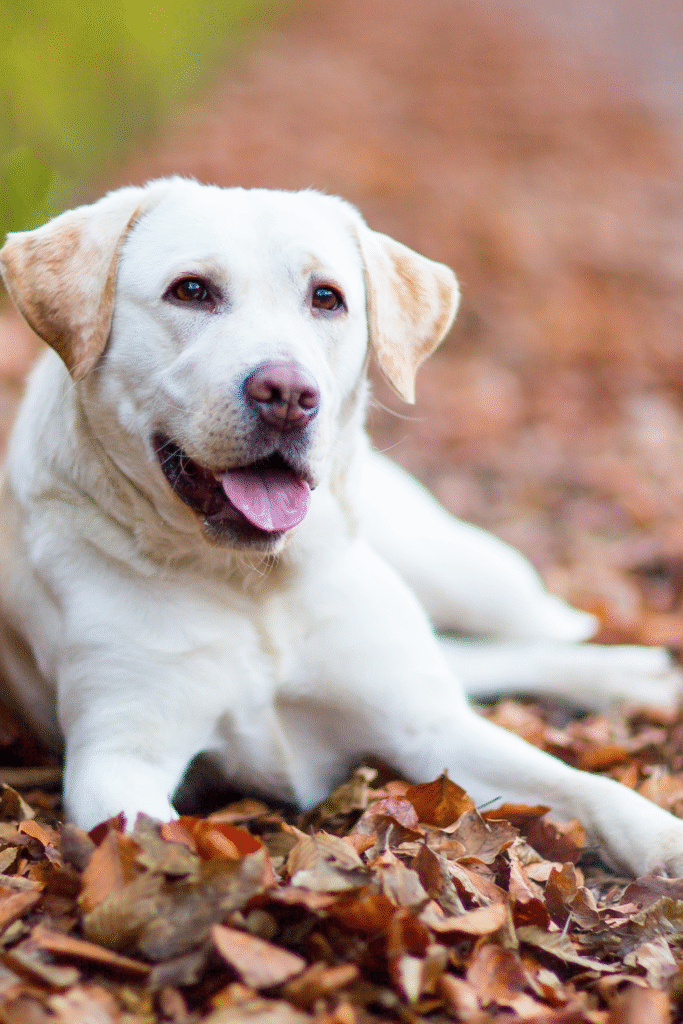
2. Labrador Retriever
Surprising to some, well-trained Labs make excellent family guardians. While not traditionally aggressive, their size, bark, and loyalty provide effective deterrence. They’re exceptionally good with children.
Weight: 55-80 pounds
Training difficulty: Low
Child-friendly: Excellent
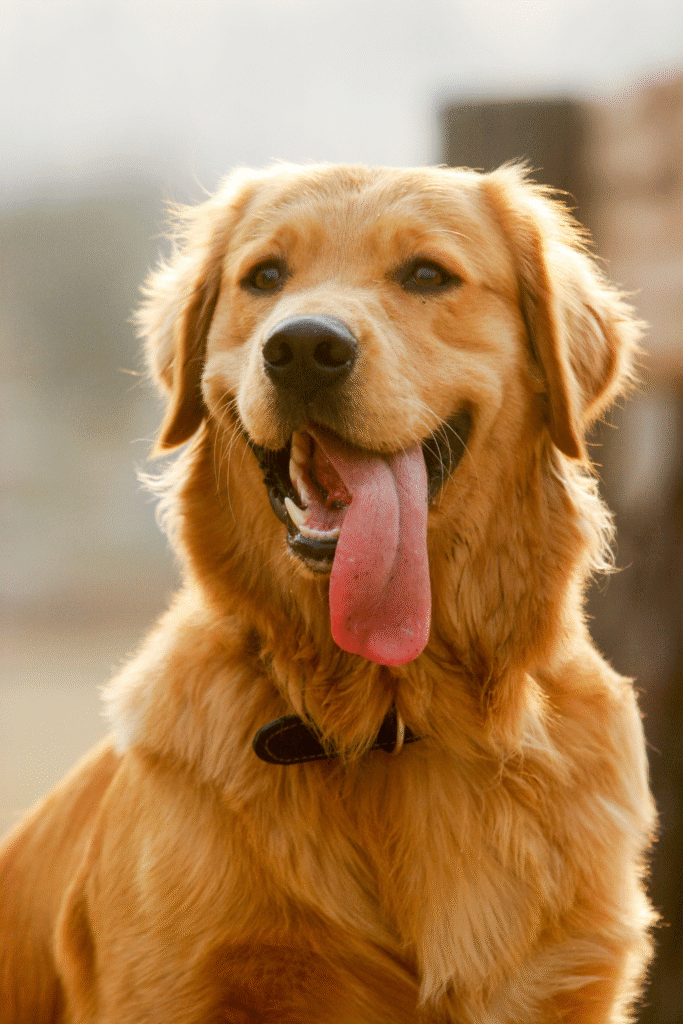
3. Golden Retriever
Like Labs, Golden Retrievers combine family-friendly temperaments with protective instincts. They’re alert dogs that will bark at intruders but remain gentle with family members.
Weight: 55-75 pounds
Training difficulty: Low
Child-friendly: Excellent
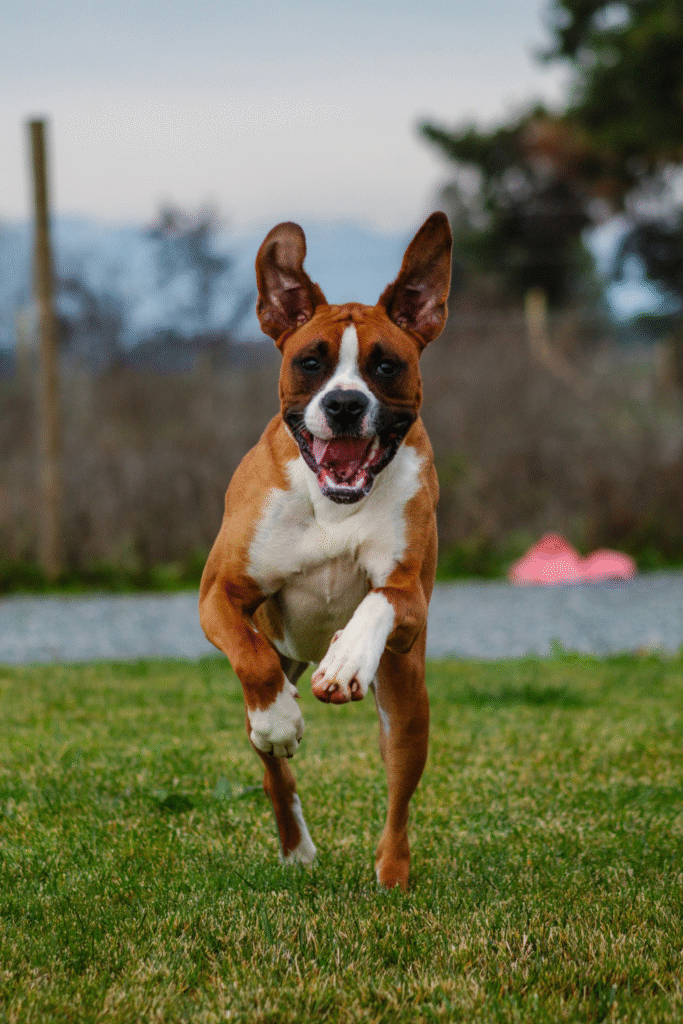
4. Boxer
Boxers are natural guardians with playful personalities. They’re excellent with children and possess strong protective instincts. Their athletic build and alert nature make them effective deterrents.
Weight: 50-80 pounds
Training difficulty: Moderate
Child-friendly: High
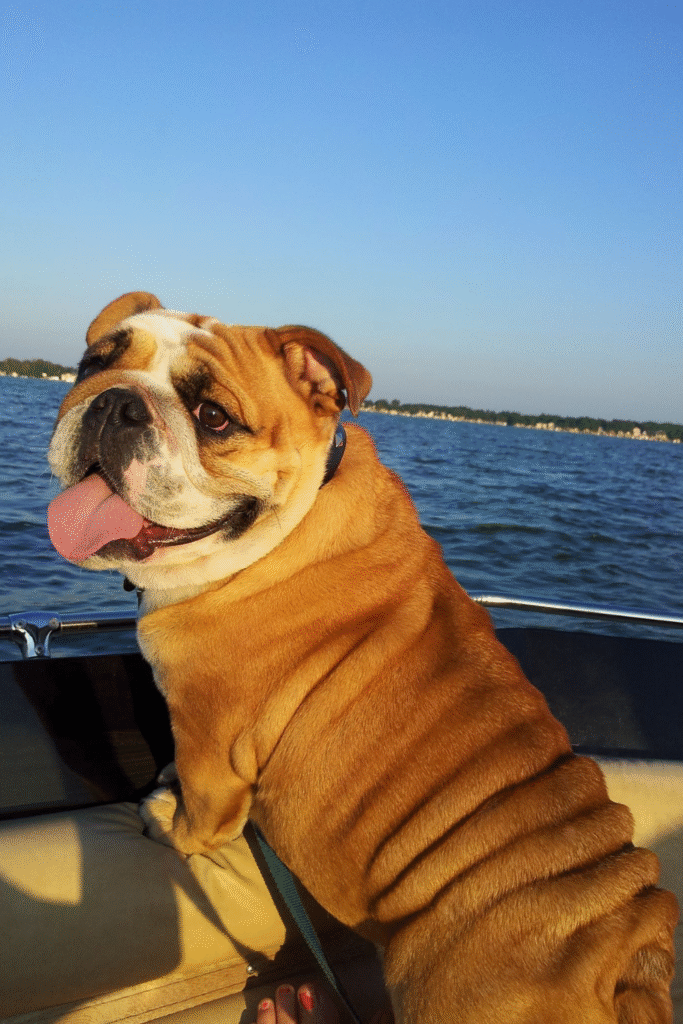
5. Bulldog
English Bulldogs may look tough, but they’re gentle giants with families. Their imposing appearance and deep bark can deter intruders, while their calm nature makes them suitable for homes with children.
Weight: 40-50 pounds
Training difficulty: Moderate
Child-friendly: High
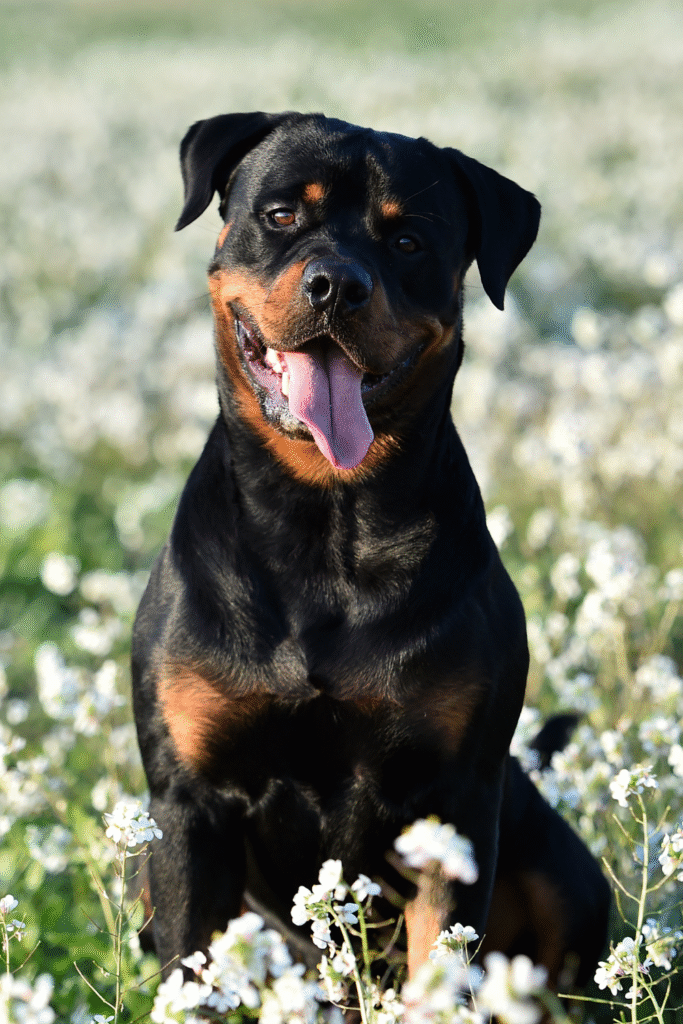
6. Rottweiler
Properly trained Rottweilers are among the most loyal and protective dog breeds. They’re confident, calm, and devoted to their families. Early socialization is crucial for success with children.
Weight: 80-135 pounds
Training difficulty: High
Child-friendly: Moderate (with training)
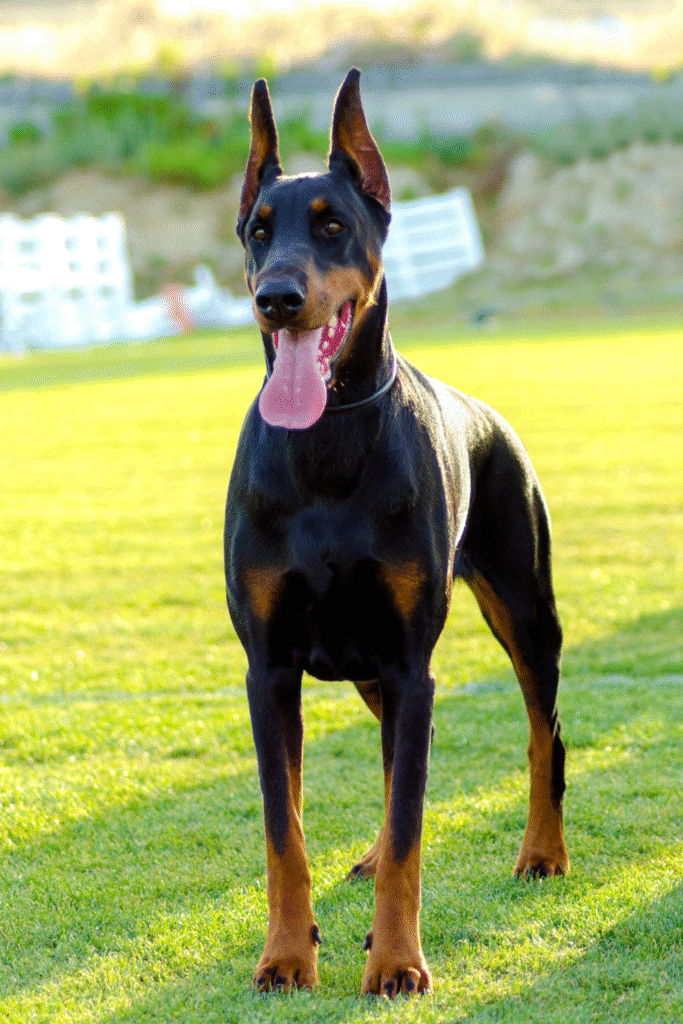
7. Doberman Pinscher
Dobermans are intelligent, loyal, and naturally protective. They’re alert guardians that bond closely with families. Their sleek appearance and alertness make them excellent deterrents.
Weight: 60-100 pounds
Training difficulty: Moderate to High
Child-friendly: Moderate (with training)
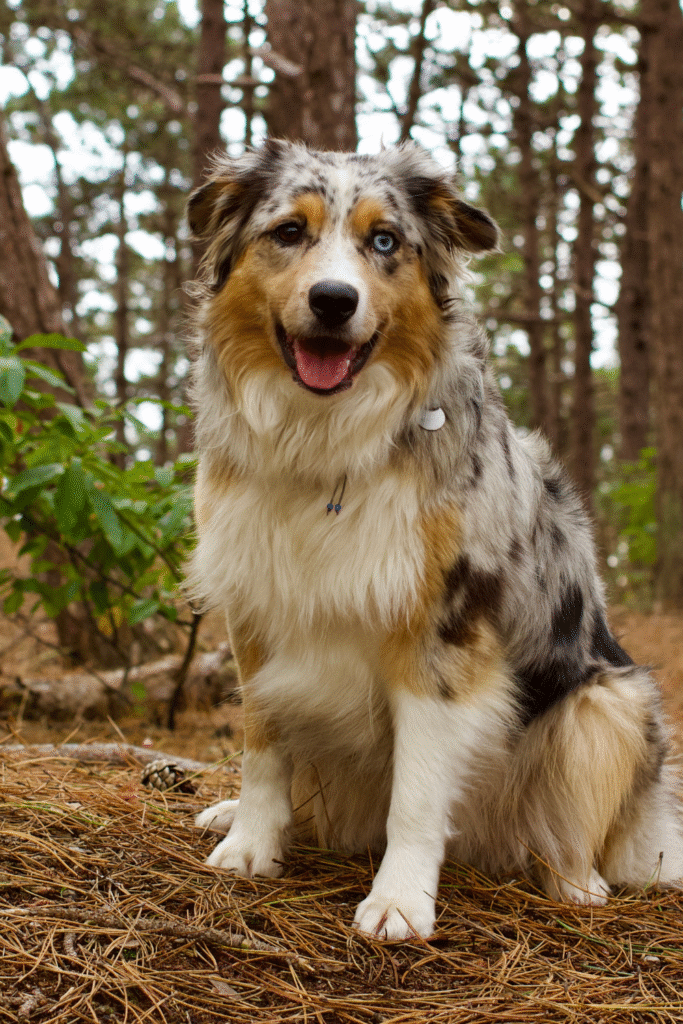
8. Australian Shepherd
These herding dogs are naturally protective and highly trainable. Australian Shepherds are energetic but loyal, making them good family guardians for active households.
Weight: 40-70 pounds
Training difficulty: Moderate
Child-friendly: High
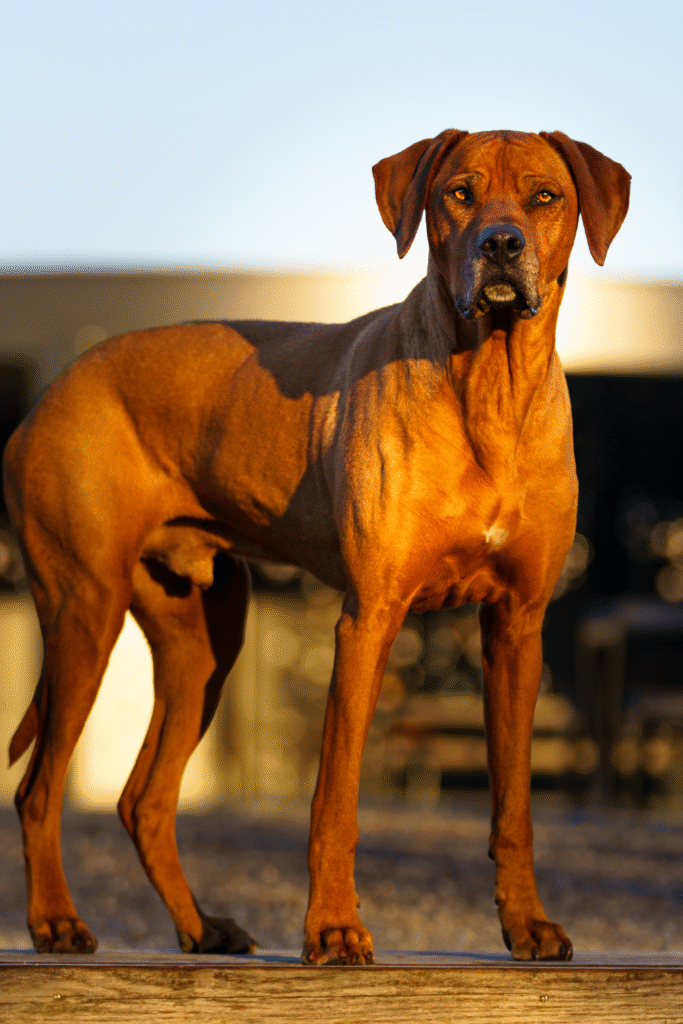
9. Rhodesian Ridgeback
Originally bred to hunt lions, Ridgebacks are courageous and protective. They’re gentle with family members but formidable guardians. Their size and presence alone deter most threats.
Weight: 70-90 pounds
Training difficulty: Moderate to High
Child-friendly: Moderate
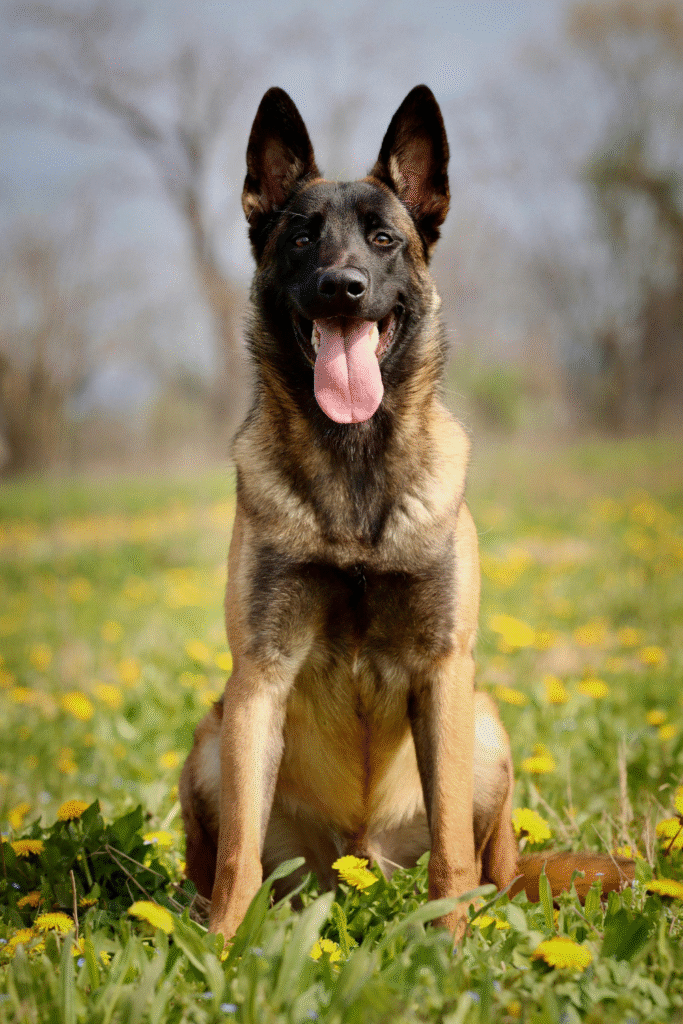
10. Belgian Malinois
Similar to German Shepherds, Malinois are highly trainable and protective. They’re energetic dogs that need active families but provide excellent security and companionship.
Weight: 40-80 pounds
Training difficulty: High
Child-friendly: Moderate (with training)
Best Guard Dogs for First Time Owners
Starting with the right breed makes all the difference. The best guard dogs for first-time owners combine protective instincts with manageable temperaments.
Labrador Retriever
Labradors are friendly, intelligent, and versatile, making them a great choice for novice owners seeking a protective yet approachable dog.
Labs top the list for novice dog owners. They’re easy to train, naturally friendly, and provide security through their size and bark rather than aggression. Their forgiving nature makes training mistakes less problematic.
Golden Retriever
Golden Retrievers are loyal, gentle, and intelligent, offering both companionship and a calm protective presence.
Golden Retrievers share many qualities with Labs. They’re patient, intelligent, and eager to please. These dogs adapt well to family routines and rarely show problematic behaviors.
Boxer
Boxers are energetic, playful, and protective, making them excellent companions and watchdogs.
Boxers are energetic but relatively straightforward to train. They’re naturally protective without being overly aggressive. Their playful nature makes them excellent with children, while their alertness provides security.
Standard Poodle
Standard Poodles are highly intelligent, adaptable, and known for their elegance and affectionate nature.
Often overlooked as guard dogs, Standard Poodles are intelligent, trainable, and naturally alert. They’re hypoallergenic and adapt well to various living situations. Their size and bark provide effective deterrence.
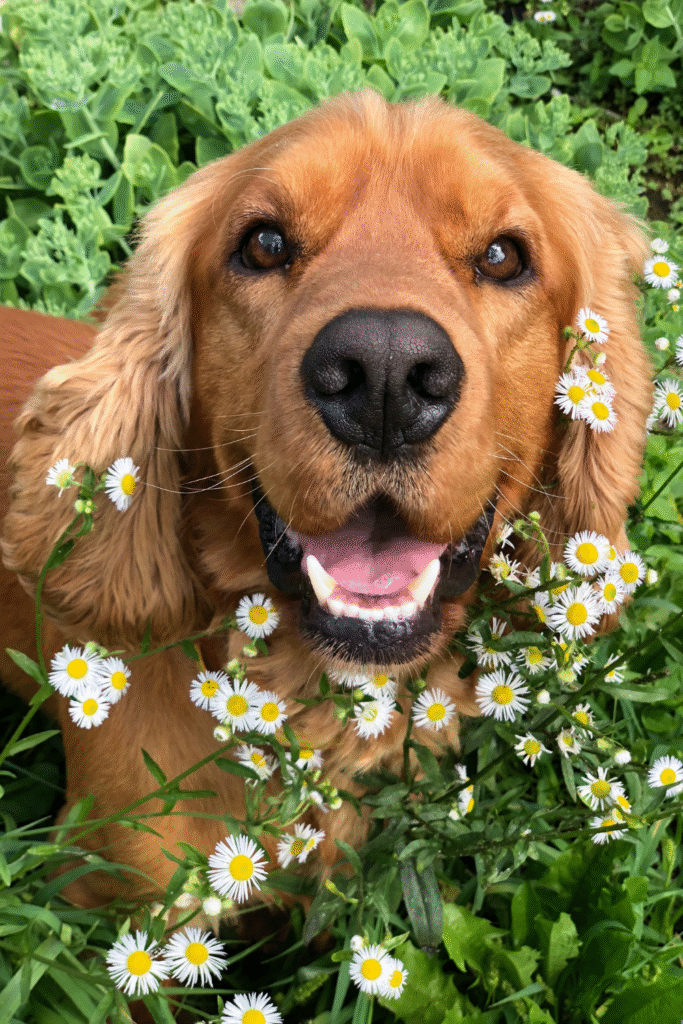
Small to Medium-Sized Guard Dogs
Not every family needs a large guardian. Small to medium-sized guard dogs offer protection in more manageable packages.
Cocker Spaniel
Despite their gentle demeanor, Cocker Spaniels are highly alert and can serve as effective watchdogs for families.
Cocker Spaniels are alert dogs with strong loyalty to their families. While not intimidating in size, their bark and protective instincts alert families to potential issues.
Boston Terrier
Boston Terriers are small but sturdy dogs, known for their keen alertness and strong bond with their owners.
These compact dogs are naturally alert and protective of their territory. Boston Terriers are excellent apartment dogs that still provide security through their vigilance.
Beagle
Beagles are friendly, curious, and energetic dogs, often recognized for their exceptional sense of smell and tracking abilities.
Beagles possess strong protective instincts and excellent scenting abilities. They’re medium-sized dogs that are great with children while maintaining alertness to strangers.
Australian Cattle Dog
Australian Cattle Dogs are highly intelligent, energetic, and loyal, making them excellent companions for active owners.
These medium-sized dogs are incredibly loyal and protective. They’re intelligent, trainable, and naturally suspicious of strangers, making them effective guardians.
Border Collie
Border Collies are known for their exceptional intelligence, agility, and strong herding instincts.
Border Collies are highly intelligent and naturally protective of their families. They’re medium-sized dogs with high energy but excellent training potential.
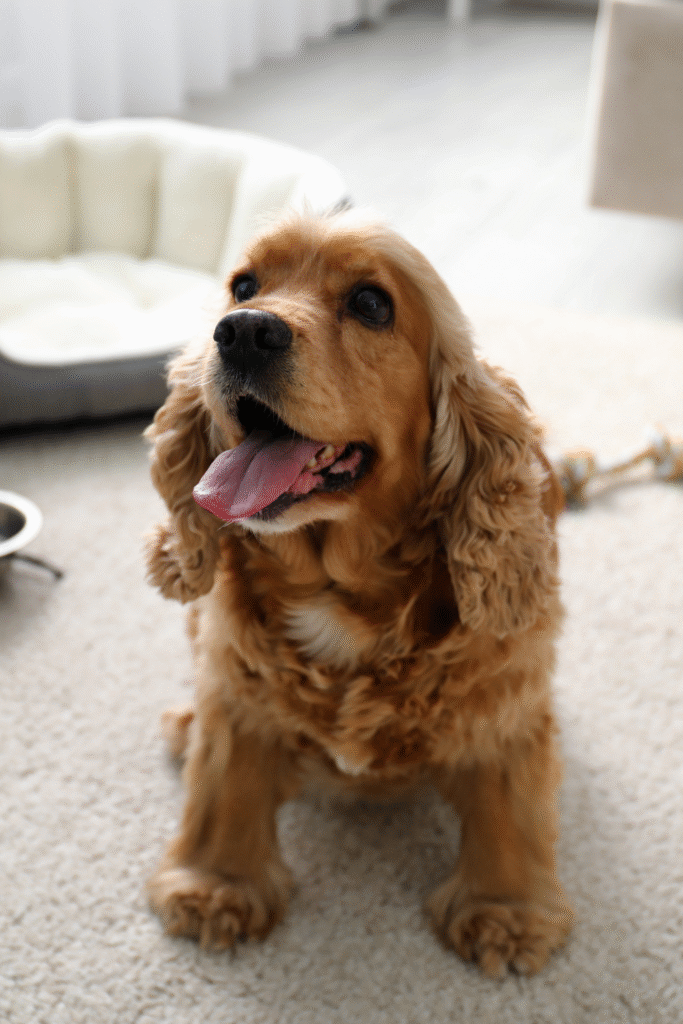
Low Maintenance Guard Dogs
Some families need protection without extensive grooming or exercise requirements. These low maintenance guard dogs provide security with minimal upkeep.
Labrador Retriever
Labrador Retrievers, though friendly and social, can be surprisingly protective of their loved ones. Their loyalty, combined with their ease of training, makes them reliable family guardians.
Labs require minimal grooming and have straightforward exercise needs. A daily walk and some playtime keep them healthy and alert.
Boxer
Boxers are energetic and protective dogs known for their affectionate nature toward their families. Their alertness and strong build make them excellent watchdogs.
Boxers have short coats requiring minimal grooming. They need regular exercise but are generally healthy and easy to maintain.
Bulldog
Bulldogs are loyal and calm companions, known for their gentle temperament and distinctive wrinkled appearance. Despite their less active nature, they form strong bonds with their families.
English Bulldogs are relatively low-energy dogs with minimal grooming needs. They’re content with moderate exercise and provide security through their appearance and bark.
Boston Terrier
Boston Terriers are friendly and lively dogs, often referred to as the “American Gentleman” due to their tuxedo-like coat. They are intelligent and adaptable, making them excellent companions for families and individuals alike.
These small dogs require minimal grooming and moderate exercise. They’re healthy, long-lived, and easy to care for while remaining alert guardians.
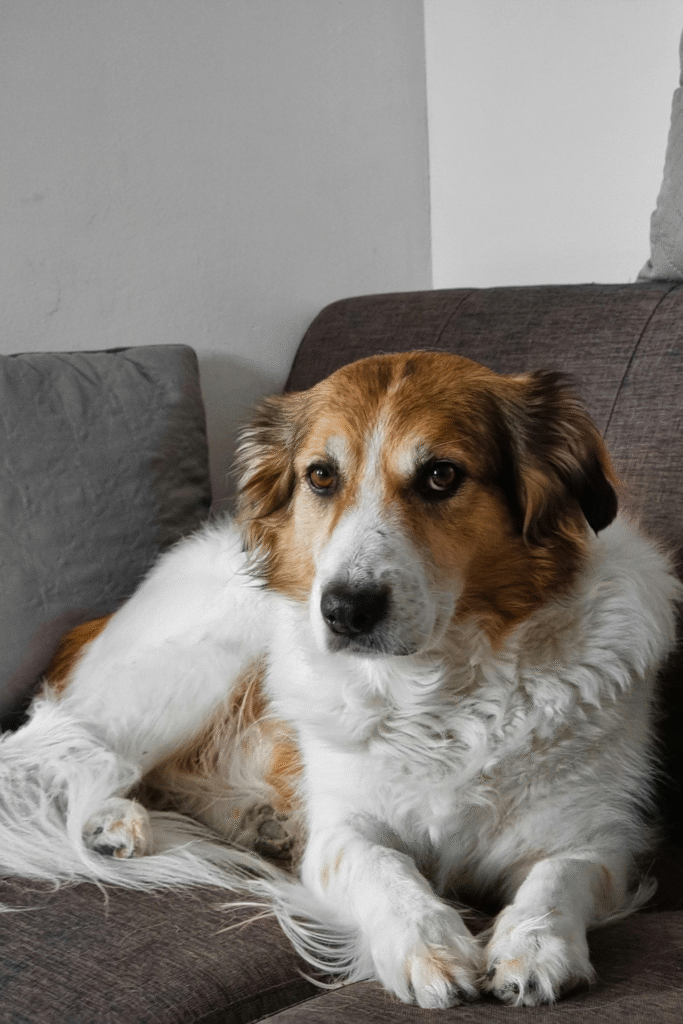
Most Loyal and Protective Dog Breeds
Loyalty and protectiveness often go hand-in-hand. These breeds demonstrate exceptional devotion to their families.
German Shepherd
Renowned for their intelligence and versatility, German Shepherds excel in roles ranging from family pets to working dogs.
German Shepherds are legendary for their loyalty. They bond deeply with families and will protect them without hesitation. This loyalty extends to all family members, including children.
Rottweiler
Rottweilers are confident and fearless, making them excellent protectors and dependable companions.
Rottweilers are incredibly devoted to their families. Once bonded, they’re protective, loyal companions that will defend their loved ones. Proper training channels this loyalty positively.
Doberman Pinscher
Doberman Pinschers are known for their intelligence, loyalty, and exceptional guarding abilities.
Dobermans form intense bonds with their families. They’re naturally protective and will position themselves between their family and perceived threats.
Golden Retriever
Golden Retrievers are friendly, intelligent, and devoted, making them one of the most popular dog breeds.
Golden Retrievers demonstrate loyalty through their gentle, protective nature. They’re devoted companions that will alert families to dangers while remaining safe around children.
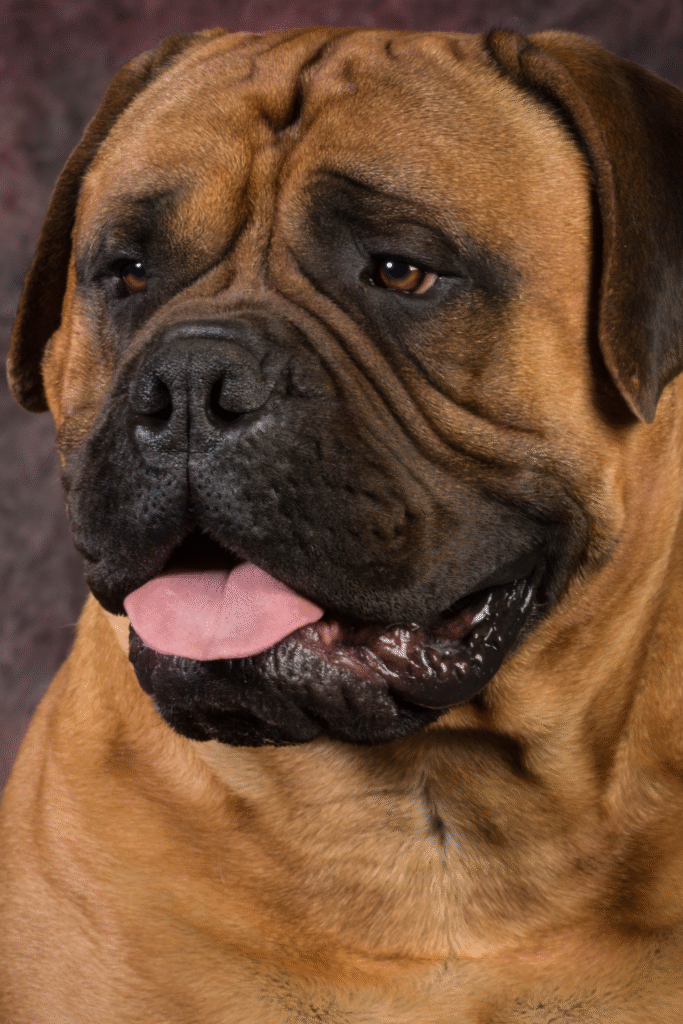
Guard Dog Representative Species by Category
Understanding different categories helps you choose the right type of guardian for your family.
Herding Breeds
- German Shepherd
- Australian Shepherd
- Border Collie
- Belgian Malinois
These breeds naturally protect their “flock” (your family) and are highly trainable.
Working Breeds
- Rottweiler
- Doberman Pinscher
- Boxer
- Bullmastiff
Working breeds were developed for specific jobs, often including guarding property and families.
Sporting Breeds
- Labrador Retriever
- Golden Retriever
- Weimaraner
Sporting dogs make excellent family guardians due to their trainability and gentle nature.
Terrier Breeds
- Bull Terrier
- Airedale Terrier
- Staffordshire Terrier
Terriers are naturally alert and protective, though their size varies significantly.
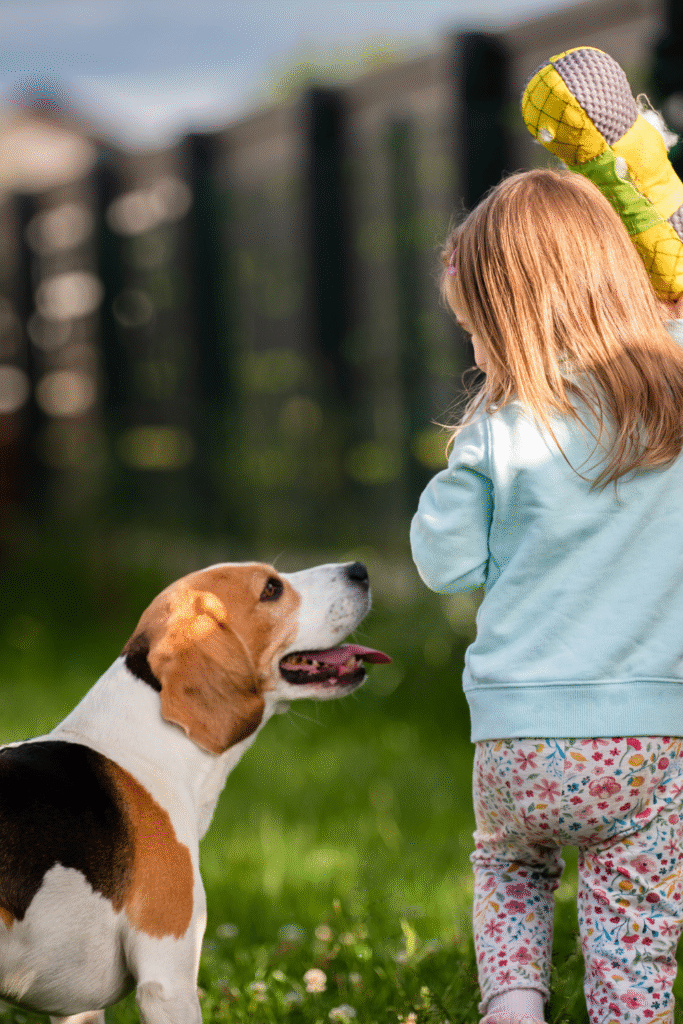
Training Your Family Guard Dog
Proper training separates effective family guardians from problematic pets. Start training early and focus on these key areas:
Basic Obedience
Teaching commands such as sit, stay, and come is essential for establishing control and communication with your dog.
Consistent reinforcement of these commands helps build a strong foundation of trust and understanding. Ensure that training sessions are positive, engaging, and reward-based to maintain your dog’s focus and enthusiasm.
All guard dogs must master basic commands: sit, stay, come, down, and heel. These commands provide the foundation for more advanced protection training.
Socialization
Socialization is a critical component of raising a well-behaved and confident guard dog. Exposing your dog to various environments, people, and other animals helps them remain calm and composed in different situations.
Proper socialization reduces the likelihood of fear-based aggression and ensures they can differentiate between a friend and a potential threat.
Expose your dog to various people, situations, and environments. Well-socialized dogs can distinguish between normal activities and genuine threats.
Alert Training
Teaching your dog to be alert is a crucial skill for any guard dog. Start by associating specific sounds or events, such as a knock at the door or the doorbell ringing, with calm but attentive behavior.
Reward your dog for responding appropriately without unnecessary barking or aggression. Consistent training helps them stay focused and recognize when their attention is truly needed.
Teach your dog when to bark and when to be quiet. The “quiet” command is as important as encouraging alertness.
Protection Training
Protection training should be approached with caution and professionalism to ensure both the safety of the dog and those around it.
Begin by building a strong foundation of obedience, as a well-disciplined dog is essential for effective training. Gradually introduce controlled scenarios where the dog can practice protective behaviors under the guidance of an experienced trainer.
Consider professional protection training for certain breeds. This should only be done by experienced trainers who understand family dynamics.
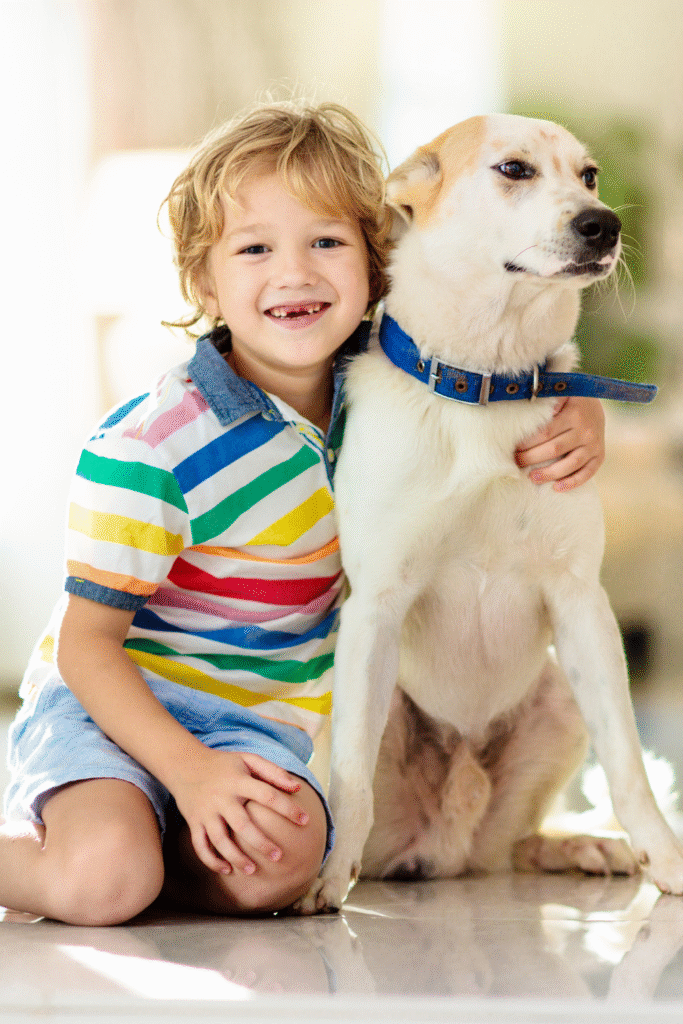
Socialization and Child Safety
Proper socialization is critical to ensure that a protective dog remains calm and well-behaved around children. Introducing the dog to various environments, people, and other animals from an early age can help minimize aggressive tendencies. Always supervise interactions between dogs and children to foster trust and prevent potential accidents.
Successful family guard dogs must be safe around children while maintaining their protective instincts.
Early Introduction
Early introduction to positive experiences is essential for nurturing a well-balanced family guard dog. Exposing the dog to different sights, sounds, and activities can help build their confidence and reduce fear-based reactions.
Consistent reinforcement of positive behavior during these early stages is key to developing a trustworthy companion for the family.
Introduce your guard dog to children early and often. Supervise all interactions until you’re confident in the dog’s behavior.
Teaching Boundaries
Teaching your guard dog boundaries is crucial for fostering a safe and harmonious environment. Begin by establishing clear rules regarding spaces they can access and behaviors that are acceptable.
Use consistent commands and gentle corrections to reinforce these boundaries. Over time, your dog will learn to respect limits, building trust and reliability.
Children must learn how to interact with guard dogs. Teach them to respect the dog’s space, especially during feeding or resting.
Reading Dog Signals
Understanding your dog’s body language is essential for interpreting their needs and emotions. Watch for signs such as wagging tails, raised fur, or a relaxed posture to gauge their comfort level.
Similarly, growling, stiff stances, or baring teeth indicate stress or aggression and should be addressed calmly. By learning to read these signals, you can better respond to your dog’s needs and ensure a positive relationship.
Both children and adults should understand dog body language. This prevents misunderstandings and promotes safer interactions.
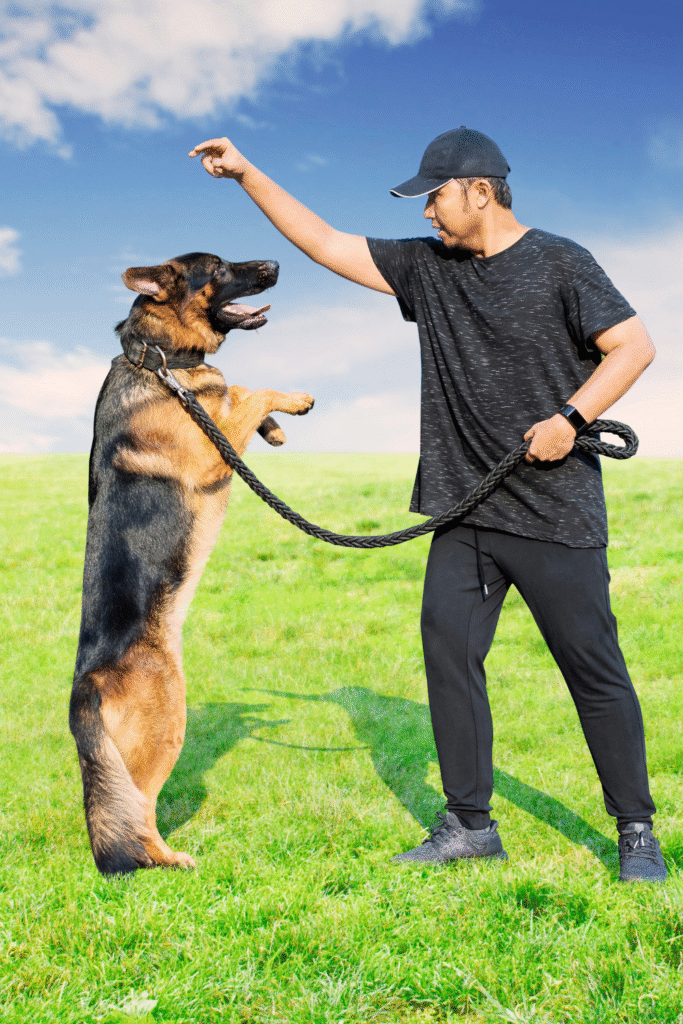
Professional Guidance
Seeking professional guidance from a qualified dog trainer or behaviorist can be invaluable in understanding your dog. They can provide tailored advice, address specific behavioral concerns, and teach techniques to improve communication and bond.
Regular training sessions with professional support help ensure your dog develops positive behaviors and adapts well to various situations.
Consider working with a professional dog trainer who specializes in family protection dogs. They can help ensure safe interactions.
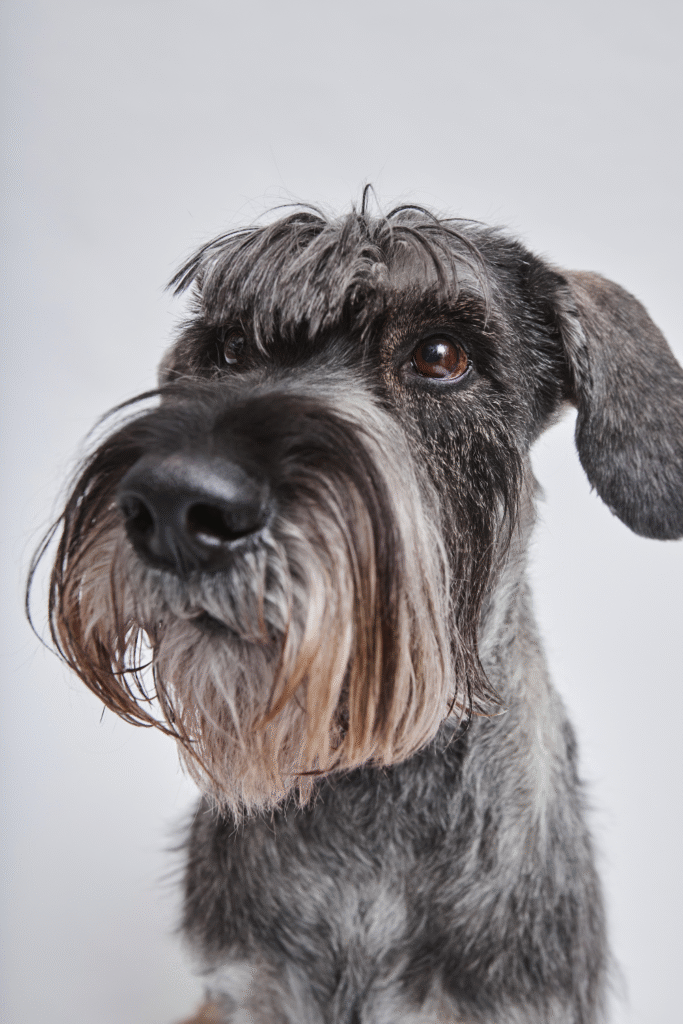
Cost Considerations
Guard dogs represent significant financial investments beyond the initial purchase price.
Initial Costs
- Purchase price: $500-$3,000+
- Initial veterinary care: $200-$500
- Training equipment: $100-$300
- Initial training: $500-$2,000
Ongoing Expenses
- Food: $50-$100/month
- Veterinary care: $500-$1,500/year
- Training maintenance: $200-$500/year
- Grooming: $300-$800/year
Insurance Considerations
Liability insurance is often recommended for owners of guard dogs, as these animals can potentially cause harm or property damage. Some insurance providers may charge higher premiums or impose restrictions based on the breed of the dog.
It’s essential to research and select a policy that provides adequate coverage for both the owner and others interacting with the guard dog.
Some insurance companies have breed restrictions. Check your homeowner’s or renter’s insurance policy before choosing certain breeds.
Legal Responsibilities
Owners must ensure their guard dogs are properly trained and socialized to prevent aggressive incidents. Additionally, keeping the dog securely fenced and leashed in public areas can reduce liability risks.
Failure to adhere to local laws and regulations regarding guard dogs may result in fines or other legal consequences.
Owning a guard dog comes with legal obligations that vary by location.
Liability Issues
Owners may be held financially responsible if their guard dog causes injury or damage to property. This includes medical expenses, property repairs, and potential legal fees if a lawsuit is filed.
Proper training and adherence to local regulations can help mitigate these risks.
You’re responsible for your dog’s actions. Proper training and socialization help prevent incidents that could result in lawsuits.
Local Regulations
Local regulations regarding guard dogs differ widely and may include requirements such as licensing, leash laws, signage indicating the presence of a guard dog, and restrictions on certain breeds.
Failing to comply with these laws can result in fines, liability issues, or even the removal of the animal.
Owners should stay informed about their area’s specific regulations to ensure full compliance and minimize potential legal consequences.
Some areas have breed-specific legislation or requirements for certain types of dogs. Research local laws before choosing a breed.
Insurance Requirements
Many homeowners’ or renters’ insurance policies require coverage for liability related to dog ownership. This often includes protection in case the dog causes injury or damage to property. However, some policies may exclude certain breeds or impose higher premiums based on the perceived risk associated with the animal.
It is essential for dog owners to review their insurance policies thoroughly and, if necessary, seek additional coverage to protect themselves financially.
Your homeowner’s insurance may require additional coverage for certain breeds. Factor this into your decision-making process.
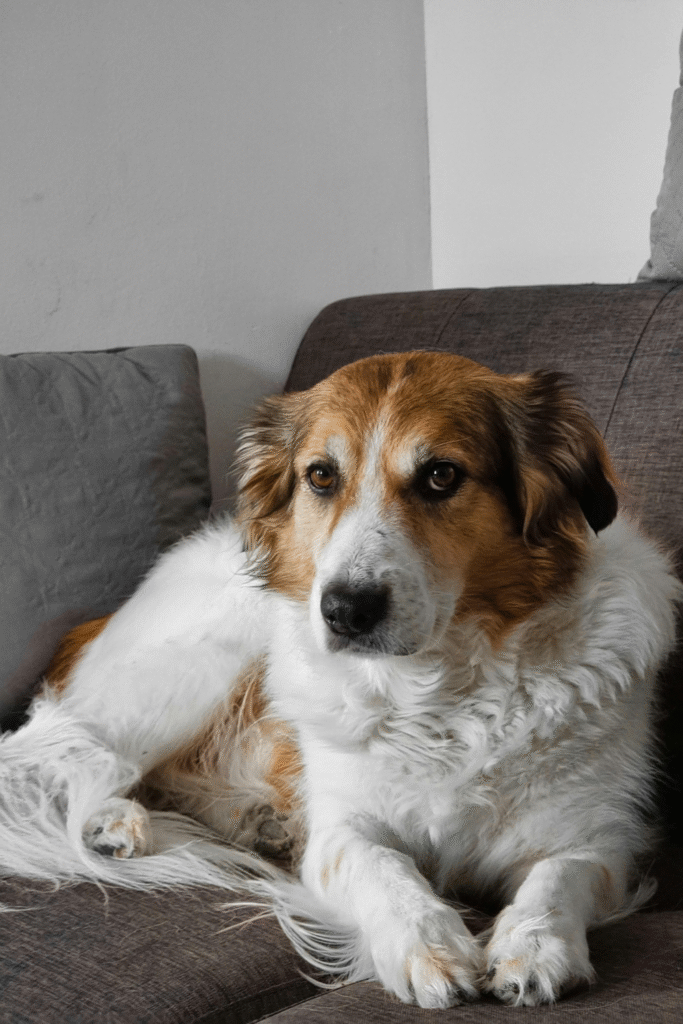
Guard Dog Breed Comparison Table
| Breed | Size | Maintenance | Child-Friendly | Training Difficulty | Exercise Needs |
|---|---|---|---|---|---|
| German Shepherd | Large | Moderate | High | Moderate | High |
| Labrador Retriever | Large | Low | Excellent | Low | Moderate |
| Golden Retriever | Large | Moderate | Excellent | Low | Moderate |
| Boxer | Large | Low | High | Moderate | High |
| Bulldog | Medium | Low | High | Moderate | Low |
| Rottweiler | Large | Low | Moderate | High | Moderate |
| Doberman | Large | Low | Moderate | High | High |
| Australian Shepherd | Medium | Moderate | High | Moderate | High |
| Ridgeback | Large | Low | Moderate | Moderate | Moderate |
| Belgian Malinois | Medium | Low | Moderate | High | High |
| Cocker Spaniel | Medium | Moderate | High | Low | Moderate |
| Boston Terrier | Small | Low | High | Low | Low |
| Beagle | Medium | Low | High | Low | Moderate |
Frequently Asked Questions
Q1.What are the best guard dogs for families with young children?
Labrador Retrievers, Golden Retrievers, and properly socialized Boxers are excellent choices for families with young children. These breeds combine protective instincts with gentle, patient temperaments around kids.
Q2.Can small dogs be effective guard dogs?
Yes, small dogs can be effective alert dogs. While they may not physically deter intruders, breeds like Boston Terriers and Cocker Spaniels provide excellent early warning systems through their alertness and barking.
Q3.How much exercise do guard dogs need?
Exercise requirements vary by breed. High-energy breeds like German Shepherds and Belgian Malinois need 1-2 hours daily, while lower-energy breeds like Bulldogs need only moderate walks and playtime.
Q4.Should I get a puppy or adult guard dog?
Puppies allow you to shape their training from the start, but adult dogs may come with established behaviors. For families with children, puppies are often better choices as they can be socialized with kids from an early age.
Q5.Are rescue dogs suitable as family guard dogs?
Some rescue dogs can become excellent family guardians, but their history and temperament need careful evaluation. Work with reputable rescues that can provide information about the dog’s background and behavior.
Q6.How long does it take to train a guard dog?
Basic training takes 3-6 months, but developing a reliable family guard dog can take 1-2 years. Consistency and ongoing reinforcement are crucial for success.
Q7.What’s the difference between a guard dog and a watch dog?
Guard dogs are trained to actively protect and may physically intervene in threats. Watch dogs primarily alert families to intruders through barking but aren’t expected to physically engage threats.
Q8.Can guard dogs be left alone with children?
Only after extensive training and with complete confidence in the dog’s temperament. Even then, supervision is recommended, especially with young children who might inadvertently provoke a protective response.
Q9.Do guard dogs need special insurance?
Some breeds may require additional liability coverage. Check with your insurance provider about breed restrictions and coverage requirements before choosing a guard dog.
Q10.How do I introduce a guard dog to my existing pets?
Introduce new guard dogs gradually and under controlled circumstances. Allow pets to meet on neutral territory and supervise all interactions until you’re confident they’re getting along.
Final Thought
Choosing the right family guard dog requires careful consideration of your household’s needs, lifestyle, and experience level. The best guard dogs for families balance protection with companionship, providing security while remaining safe, loving family members. With proper selection, training, and socialization, your family guardian will become an invaluable part of your household, offering both protection and unconditional love for years to come.
